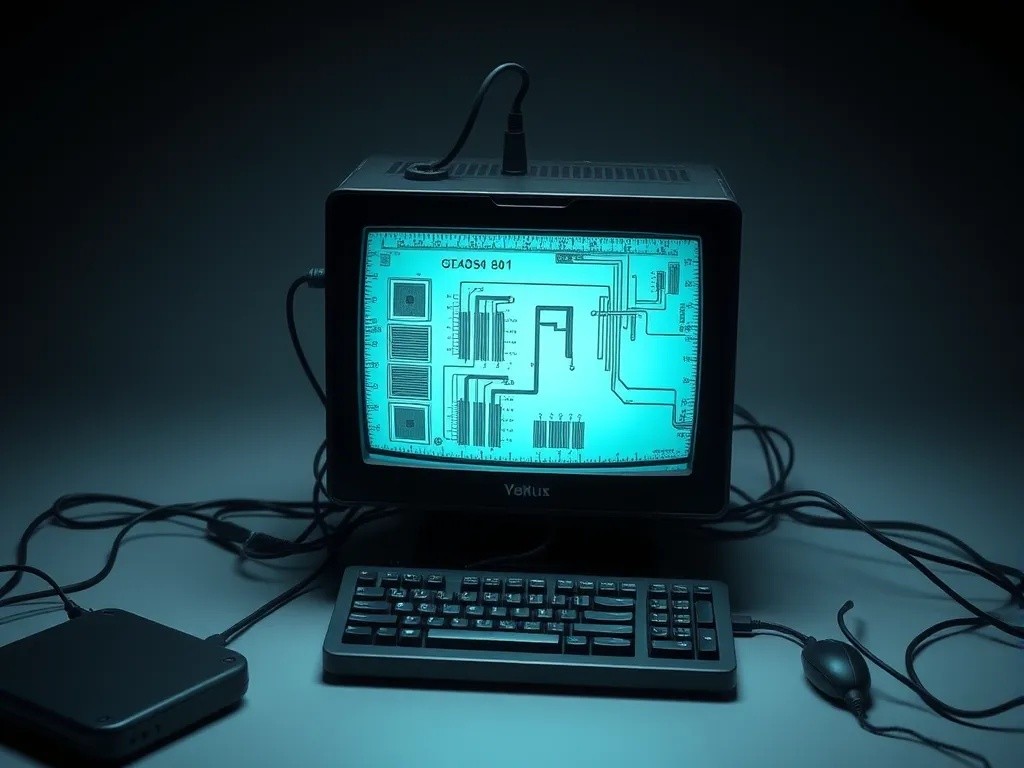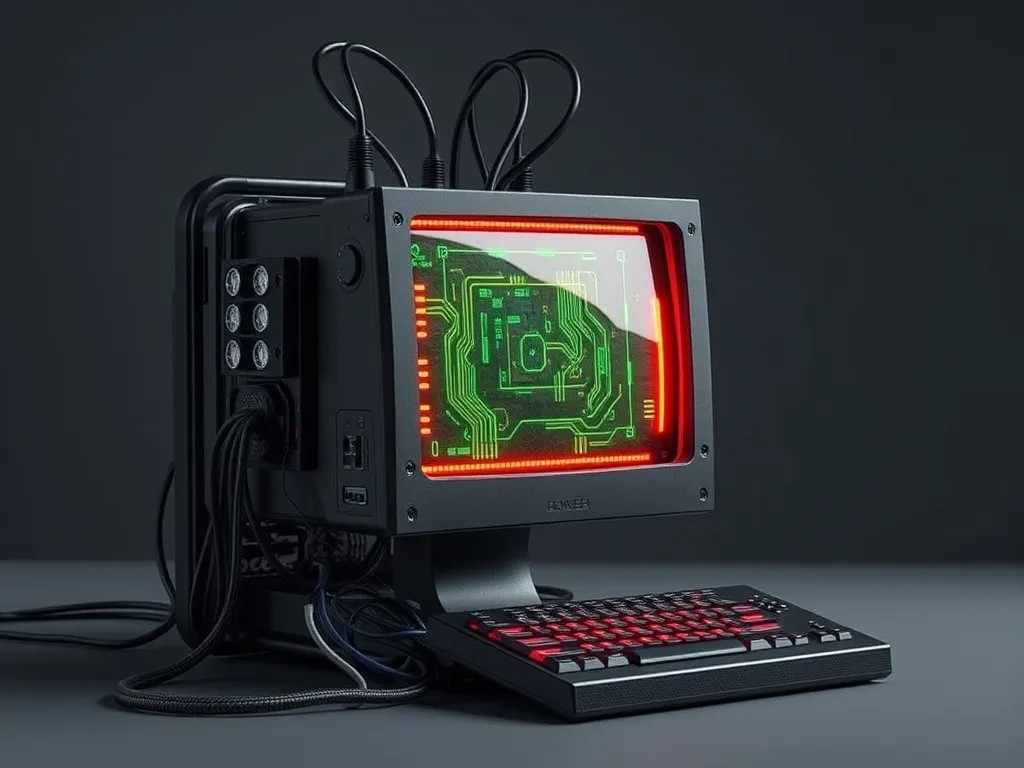In recent years, there has been a significant advancement in the field of Artificial Intelligence (AI) and Augmented Reality (AR). These technologies have become increasingly popular and have the potential to enhance virtual experiences in various fields such as gaming, education, healthcare, and...
Computer Learns to Fix Itself When It Breaks Down: The Dawn of Self-Healing Technology

In the rapidly evolving world of technology, one of the most fascinating developments is the emergence of self-healing computers. These advanced systems can automatically detect, diagnose, and repair their own failures without human intervention. This revolutionary capability represents a significant leap forward in computer science and promises to transform how we think about system reliability and maintenance.
Understanding Self-Healing Systems
Self-healing computing systems are designed with built-in mechanisms that monitor their own performance and automatically respond to failures or degradation. Unlike traditional systems that require manual intervention or predetermined recovery procedures, these intelligent machines can adapt to unexpected problems and implement solutions in real-time.
Core Components of Self-Healing Technology
The foundation of self-healing systems relies on several key components working in harmony:
- Continuous Monitoring: Advanced sensors and diagnostic tools constantly track system performance, resource usage, and component health
- Pattern Recognition: Machine learning algorithms identify anomalies and predict potential failures before they occur
- Automated Response: Pre-programmed and adaptive repair mechanisms that can isolate problems and implement fixes
- Resource Management: Dynamic allocation of computing resources to maintain optimal performance even during partial system failures
How Self-Healing Works in Practice
When a self-healing computer detects an issue, it follows a sophisticated process to restore functionality. The system first isolates the problematic component or process to prevent the failure from spreading to other parts of the system. Next, it analyzes the nature of the problem using historical data and pattern matching algorithms.
Recovery Mechanisms
Self-healing systems employ various recovery strategies depending on the type and severity of the failure:
- Redundancy Activation: Switching to backup components or processes when primary systems fail
- Software Patching: Automatically downloading and applying fixes for known software vulnerabilities
- Configuration Adjustment: Modifying system settings to work around hardware limitations or software conflicts
- Resource Reallocation: Redistributing computational tasks to healthy components while problematic ones are repaired

Real-World Applications
Self-healing technology is already being implemented across various sectors with remarkable success. In data centers, these systems can automatically replace failed servers and redistribute workloads to maintain service availability. Cloud computing platforms use self-healing capabilities to ensure uninterrupted service for millions of users worldwide.
Industry Impact
The aerospace industry has embraced self-healing systems for spacecraft and aircraft, where manual repairs are impossible or extremely costly. These systems can reroute electrical pathways, adjust flight control algorithms, and even repair minor structural damage using smart materials.
In the automotive sector, modern vehicles equipped with self-healing technology can diagnose engine problems, update software remotely, and even coordinate with other vehicle systems to maintain safe operation despite component failures.
Challenges and Future Developments
Despite their impressive capabilities, self-healing systems face several challenges. The complexity of modern computing environments makes it difficult to predict all possible failure scenarios. Additionally, the cost of implementing comprehensive self-healing mechanisms can be substantial, particularly for consumer-grade devices.
Emerging Technologies
Researchers are exploring next-generation approaches to self-healing systems, including:
- Quantum-enhanced diagnostic algorithms for faster problem detection
- Bio-inspired healing mechanisms that mimic natural cellular repair processes
- Collaborative healing networks where multiple systems share diagnostic information
- Predictive maintenance using advanced AI to prevent failures before they occur
The Future of Self-Healing Computing
As artificial intelligence and machine learning continue to advance, self-healing computers will become increasingly sophisticated and commonplace. We can expect to see these systems in everything from smartphones to smart home devices, creating a more reliable and resilient digital infrastructure.
The ultimate goal is to develop truly autonomous systems that can not only fix themselves but also learn from failures to become more robust over time. This evolution will fundamentally change our relationship with technology, moving us toward a future where computer breakdowns become increasingly rare and system downtime becomes a thing of the past.
Self-healing computers represent more than just a technological advancement; they embody a new paradigm of resilient, adaptive systems that can thrive in an increasingly complex digital world.



